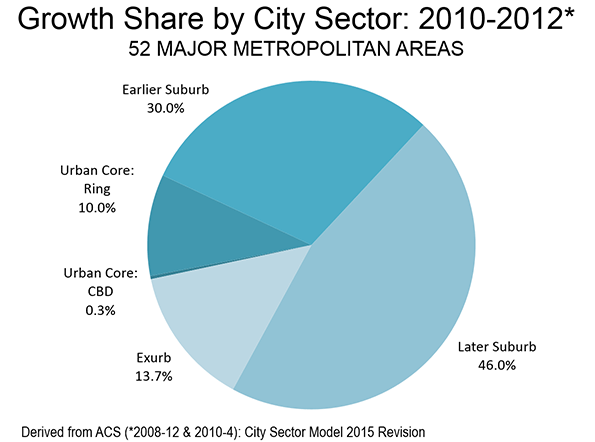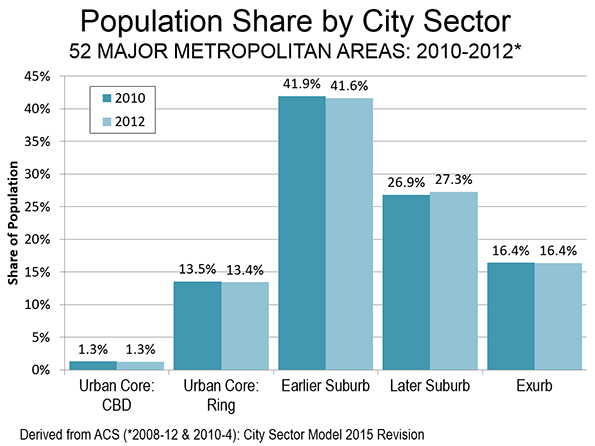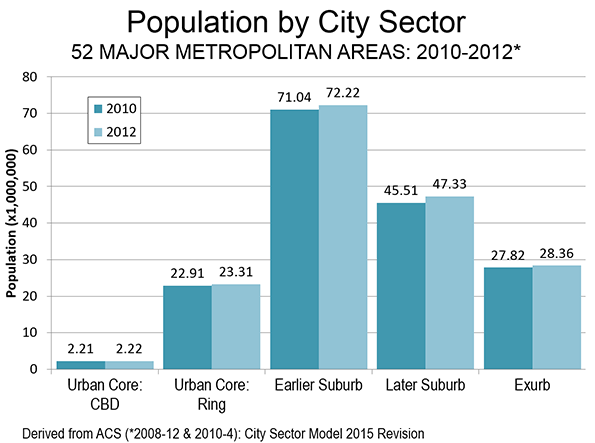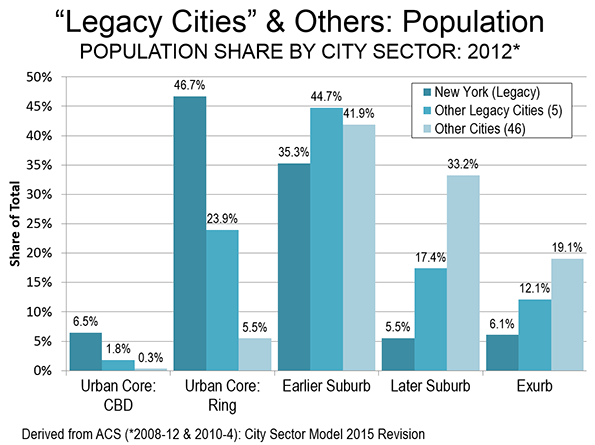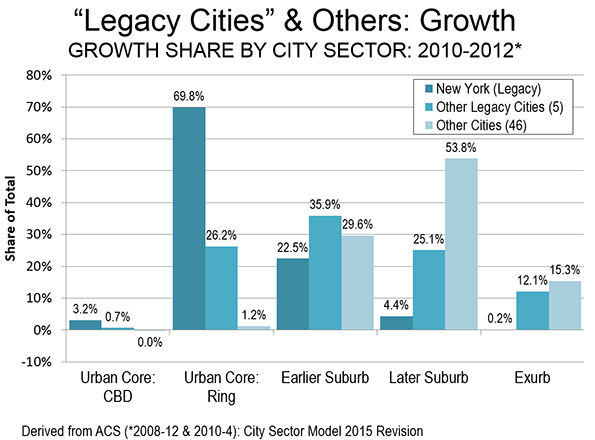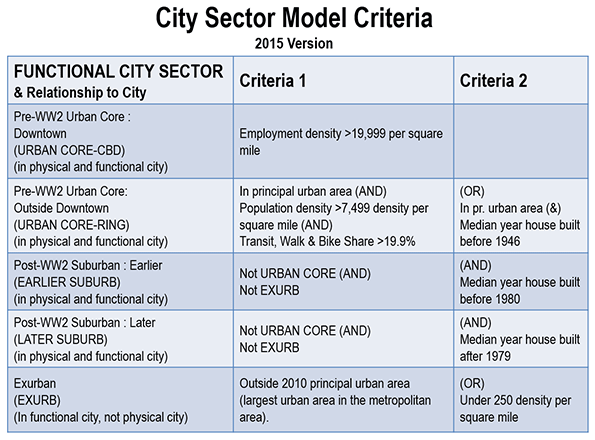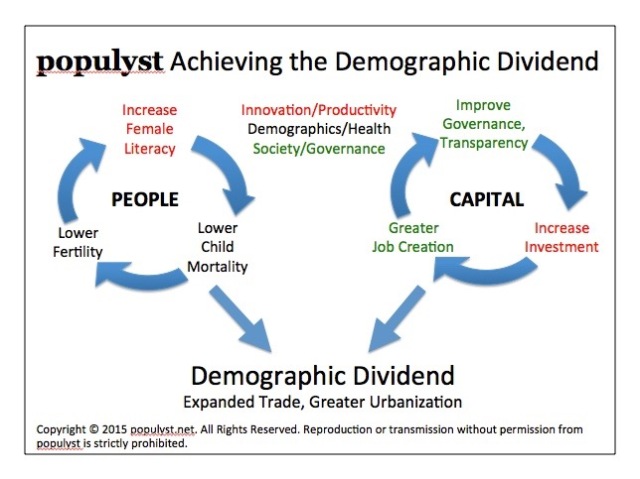A study released a few weeks ago, conducted by Anne Case and Angus Deaton, documented a significant increase in the death rate among the white working class in the US, much of it due to suicide and substance abuse. In one interview about the report, Deaton suggests that the reason for the increase is the increasing economic insecurity this group faces. As he told Vox’s Julia Bellus, they have “lost the narratives of their lives.” Not surprisingly, op-eds flew right and left about this report, from Rod Dreher in The American Conservative and R.R. Reno in First Things to Paul Krugman in the New York Times and Harold Meyerson in the Washington Post. This study is the latest contribution to an expanding public discussion about changes in white working-class culture, which Jack Metzgar has traced in a series of posts here about books by Andrew Cherlin, Robert Putnam, and others.
As both Ross Douthat and Krugman note in their New York Times columns responding to the study, the rising death rate cannot be explained solely in economic terms. Douthat rejects the claims of some conservatives, including Reno, that the report reflects the consequences of liberal policy and moral decline, arguing that we must recognize that “stagnating wages” play a part in changing social patterns. But, he argues, what matters most is how economic changes have left white working-class people with “a feeling thatwhat you were supposed to have has been denied you.” As Krugman puts it, they were “raised to believe in the American Dream, and are coping badly with its failure to come true.”
While, as Metzgar has pointed out, recent studies of white working-class culture often begin with problematic assumptions, they nonetheless (and sometimes inadvertently) make clear that economic restructuring has social consequences that extend far beyond the factory floor or corporate offices. We are rightly concerned not only with what this means for income inequality and social justice but also for the quality of people’s lives and the way working-class experience translates into politics. As Dreher argues, we can draw a clear connection between the “dispossession” of the white working class and the popularity of Donald Trump. The “politics of resentment” that John Russo and I traced in Youngstown twenty years ago seems to have become a national pattern.
If we want to understand the social and cultural patterns fully, I would argue, we must consider not only the material conditions or social structures that shape economic experience but also how people interpret those experiences and construct their identities in response to them. We would do well to attend not only to statistical evidence but also to stories, which provide insight into how people experience and make sense of economic and social changes. This is the kind of insight that literature can provide. By representing the social world through the stories of individuals, fiction, especially, can help us understand what large-scale change looks and feels like on a personal, subjective level.
The long-term effects of deindustrialization – what I refer to as its half-life – have generated not only measurable social patterns like rising death rates but also a growing body of literature. If you want to understand the “lost narrative” of contemporary working-class lives, you might well begin with these books.
In Coal Run, by Pennsylvania writer Tawni O’Dell, we meet a character who exemplifies the lost sense of self as well as the addiction, anger, and self-destructive behavior reflected in the rising death rates. Ivan Zoschenko is a former high school and college football star who has returned to his home town, where the last of the local mines is about to shut down. He feels like a failure, especially in comparison with his hard-working miner father, who taught him the importance of finding a sense of purpose through one’s work. Working as a deputy sheriff, Ivan mediates domestic disputes spurred by the town’s economic struggles, and in the process he reconnects with his working-class community and gains a renewed sense of purpose and belonging.
Philipp Meyer offers a less hopeful story in American Rust, which follows two young men in a former steel town, both struggling to figure out their futures. One, known as the smartest kid in his high school class, dreams of escaping his hometown, studying astrophysics, and working at a research institute, but as the sole caregiver for his father, who was seriously injured in an accident in the steel mill, he cannot bring himself to leave. His dream remains beyond his reach. His best friend, Billy Poe, can’t even imagine a future for himself, and when he is jailed for a murder he didn’t commit, he gives up. In his eyes, “this place had been waiting for him. There were those who had capabilities and those who didn’t and even in his glory days he had known it, known they would figure it out one day, a bullet he would never dodge.” Meyer’s characters are younger than the middle-aged white working-class people whose death rates Case and Deaton tracked, but they display a similar sense of hopelessness.
Indeed, deindustrialization literature suggests that – as Jennifer Silva found in her study, Coming Up Short – younger working-class people have inherited a feeling of being at once trapped and betrayed, though often with a fuzzier idea of exactly how they have been let down. Two contemporary novels focused on workers in service jobs highlight this well. In Stewart O’Nan’s Last Night at the Lobster, we follow restaurant manager Manny DeLeon through his last shift at a suburban Red Lobster that is about to close. He takes pride in his work, but that provides only partial compensation for the conflicts he experiences in his interactions with both the corporation and the other workers, yet he sees no other options for himself.
Finally, one of the most entertaining but also troubling novels I’ve read about contemporary working-class life is Grady Hendrix’s Horrorstör. Designed as a mock-Ikea catalog, the novel highlights the soul sucking working conditions of corporate retail through the encounters of the “partners” (sales clerks) of Orsk, an Ikea knock-off, with a horde of zombies. The zombies were imprisoned on that site in the 1830s, when it was the Cuyahoga Panopticon, run by a sadistic warden who believed that hard labor was a “moral treatment that will mend your degraded minds,” while also generating profits for him. While readers may laugh at the line drawings of torture devices like the Alboterk treadmill desk, complete with spikes and shackles, the novel also critiques the limitations that working-class people face when working conditions are exploitative and wages stagnant. As the main character laments, “for all the fighting, all the struggle, all the scrimping, and saving, and double shifts” of recent years, she never has enough money to buy gas and food, and she is always in debt. Rather than recognizing the external causes of her difficulties, however, she internalizes the situation and accepts her fate, believing that this is what she deserves, what “she’d been born to do: wear a uniform and work a register. . . . to answer phones in call centers, to carry bags to customers’ cars, to punch a clock, to measure her life in smoke breaks.” Reading this novel, it’s easy to understand why some might turn to drugs and alcohol, or even to suicide.
Among the most troubling insights from these novels is this: most of these novels focus on characters who are younger than the subjects of Case and Deaton’s study, which suggests a disturbing pattern as the next generation of working-class people come of age. High rates of addiction, depression, and suicide may well continue as some struggle with what has become a long-term “dispossession,” while others accept low expectations as a new normal, as Silva observed in her study. Like the protagonist of Horrorstör, working-class people may come to believe that low wages, poor working conditions, and perpetual struggle are what they deserve. And that is the stuff of tragedy.
This article first appeared at Working-Class Perspectives.
Sherry Linkon is a Professor of English and Director of the Writing Program at Georgetown University. She is co-author, with John Russo, of Steeltown USA: Work and Memory in Youngstown(Kansas 2002) and is working on a book-length study of contemporary American literature about deindustrialization.
